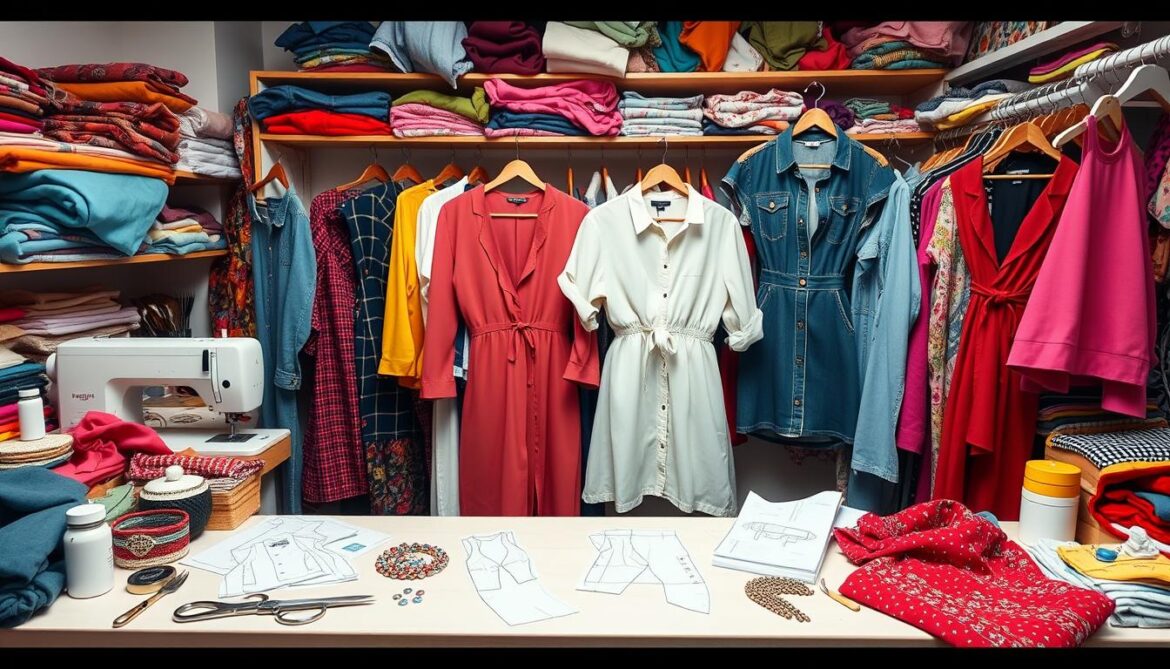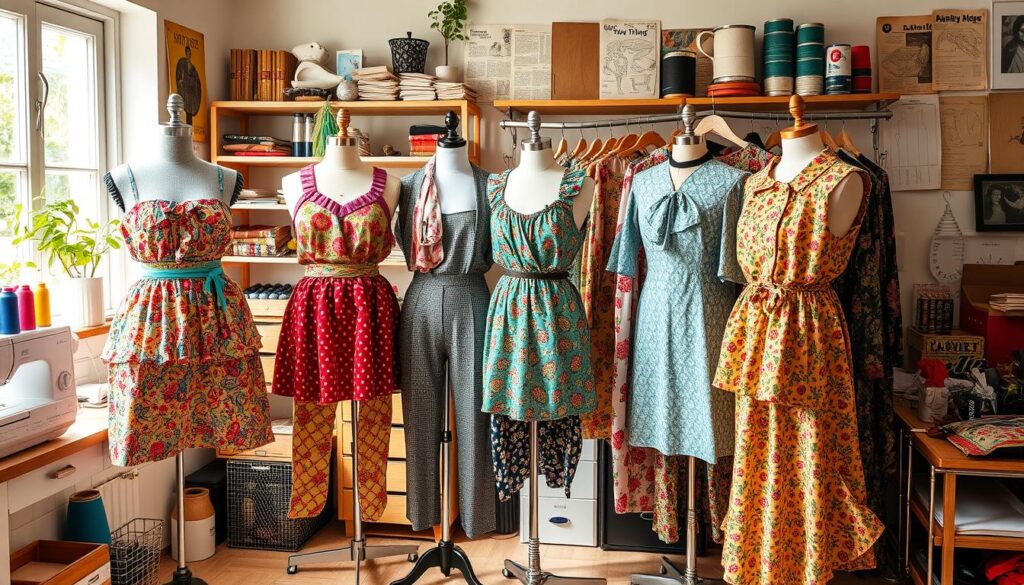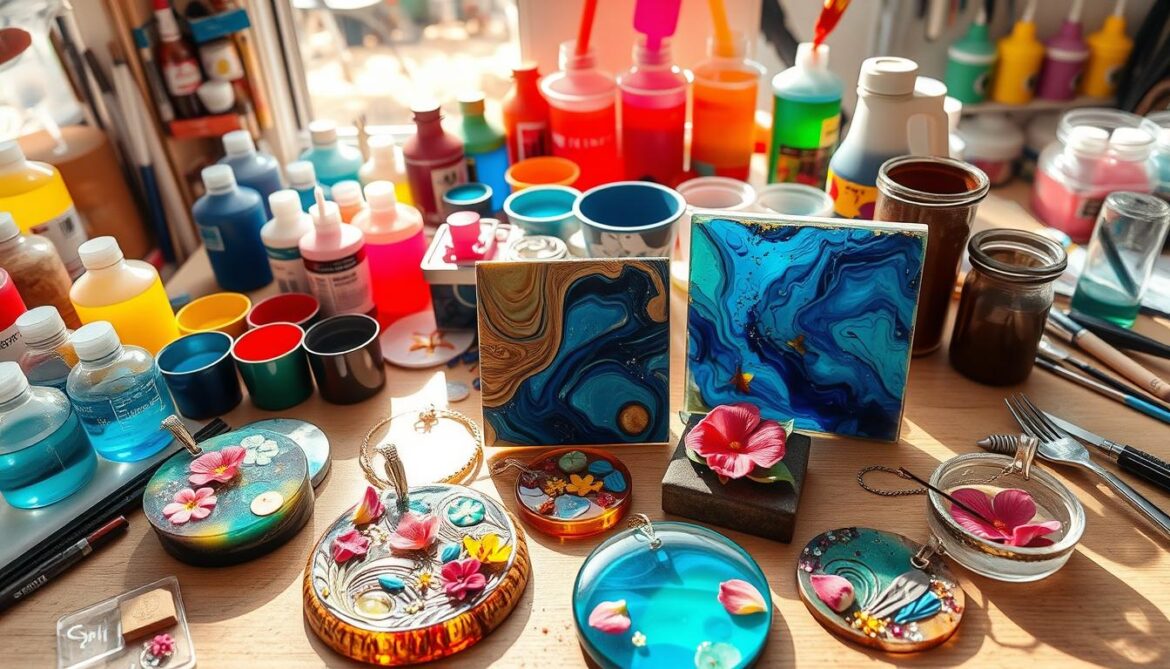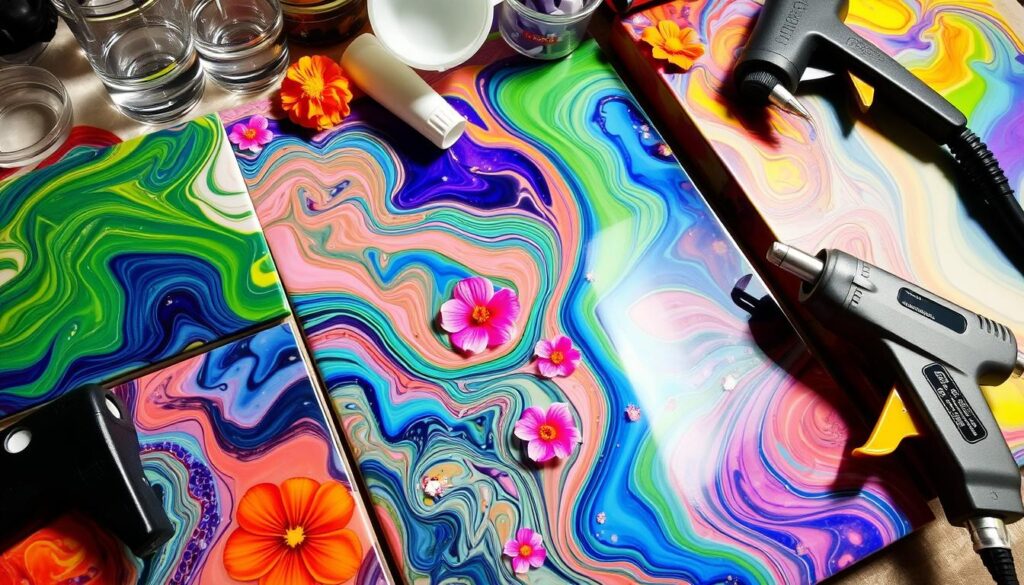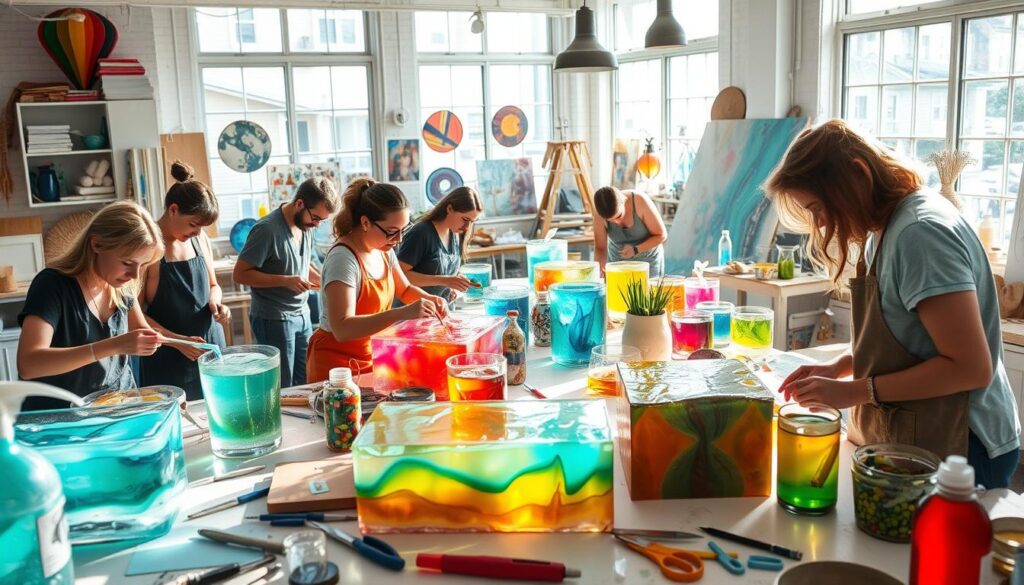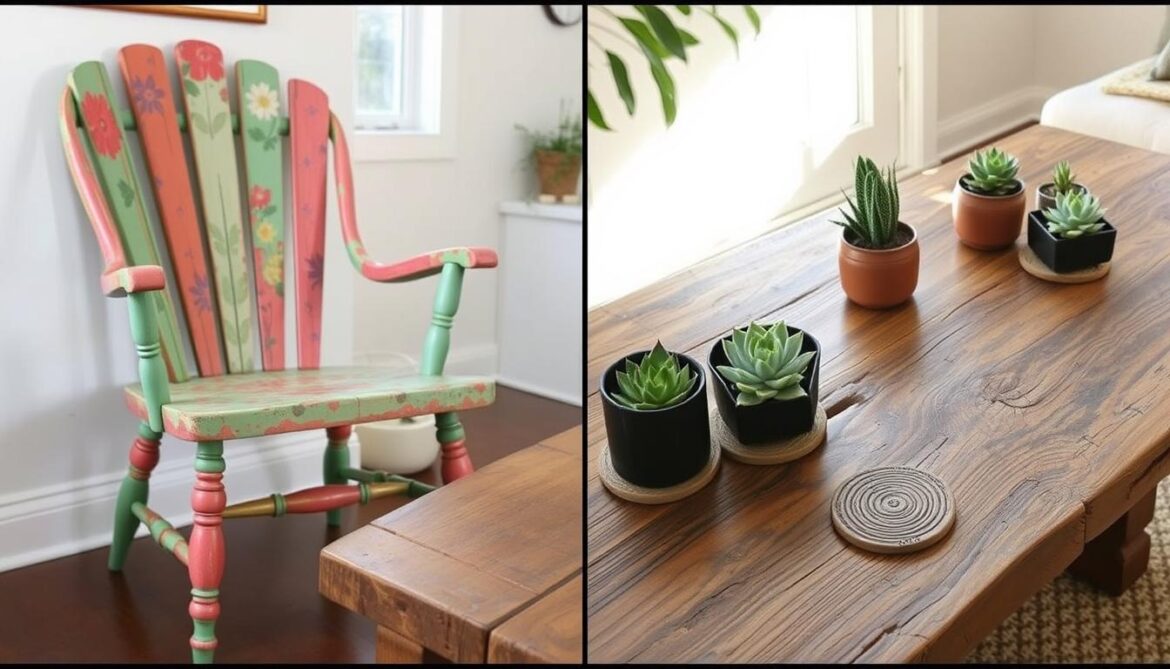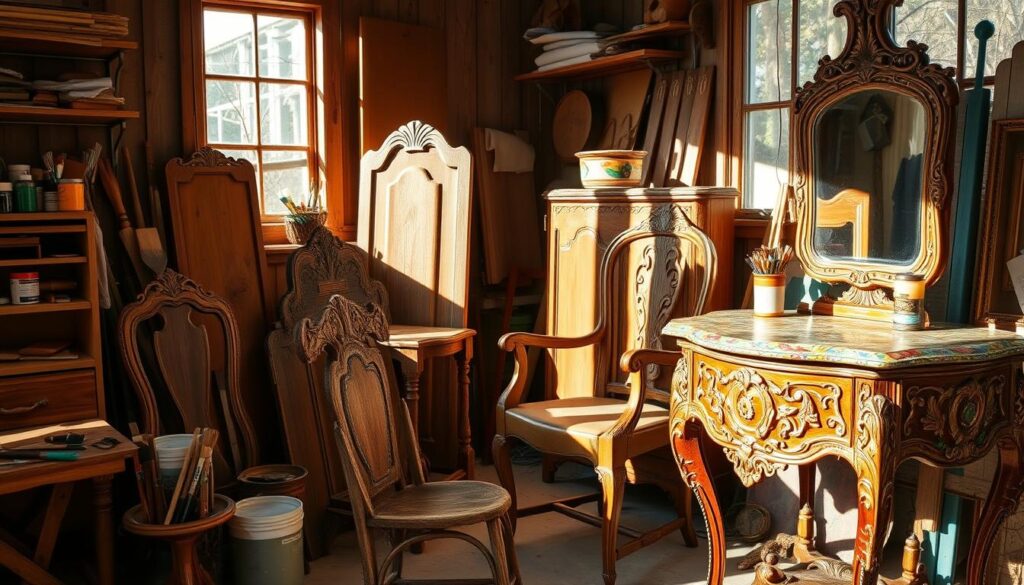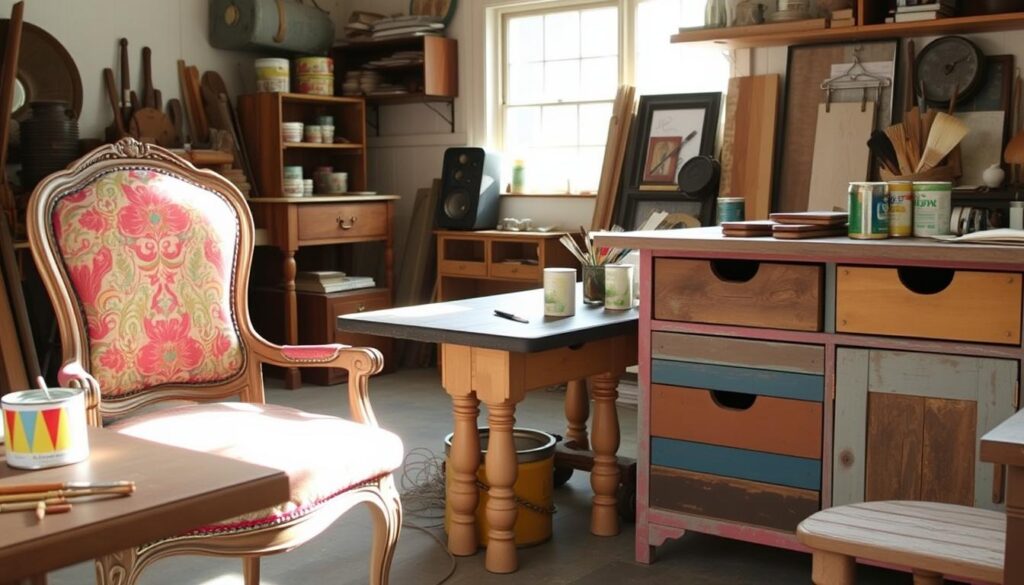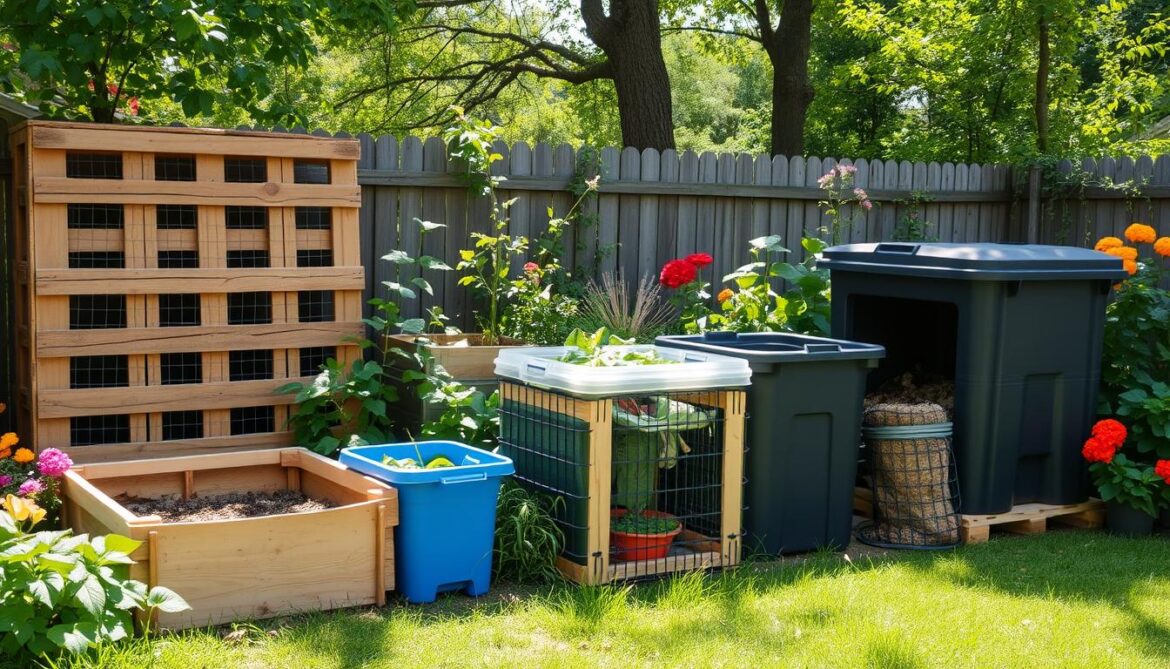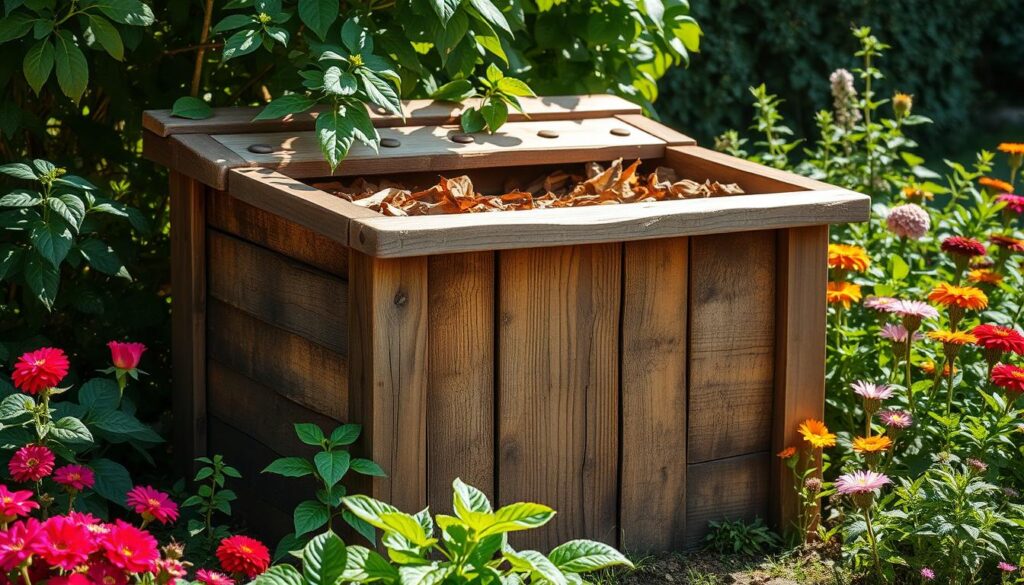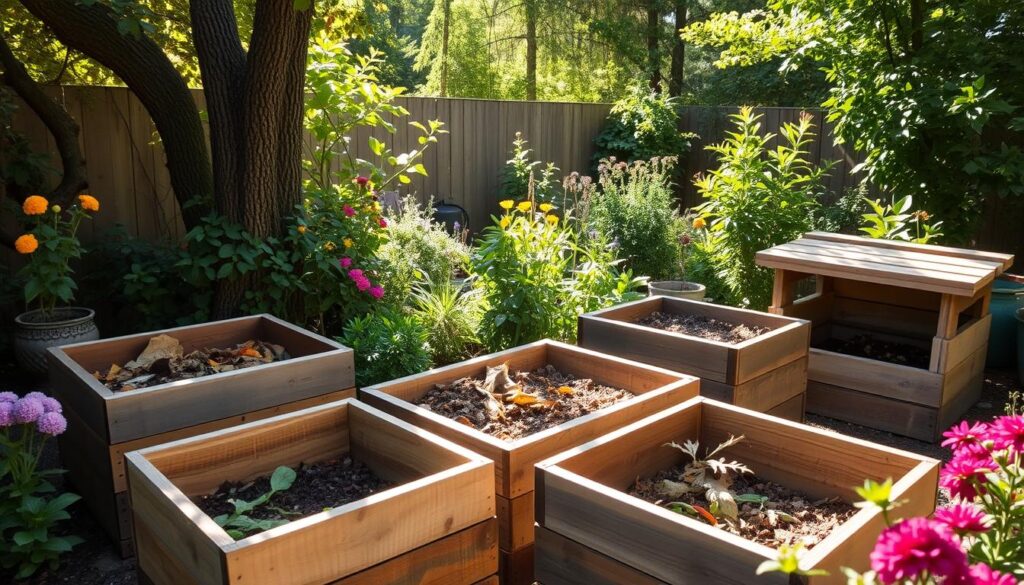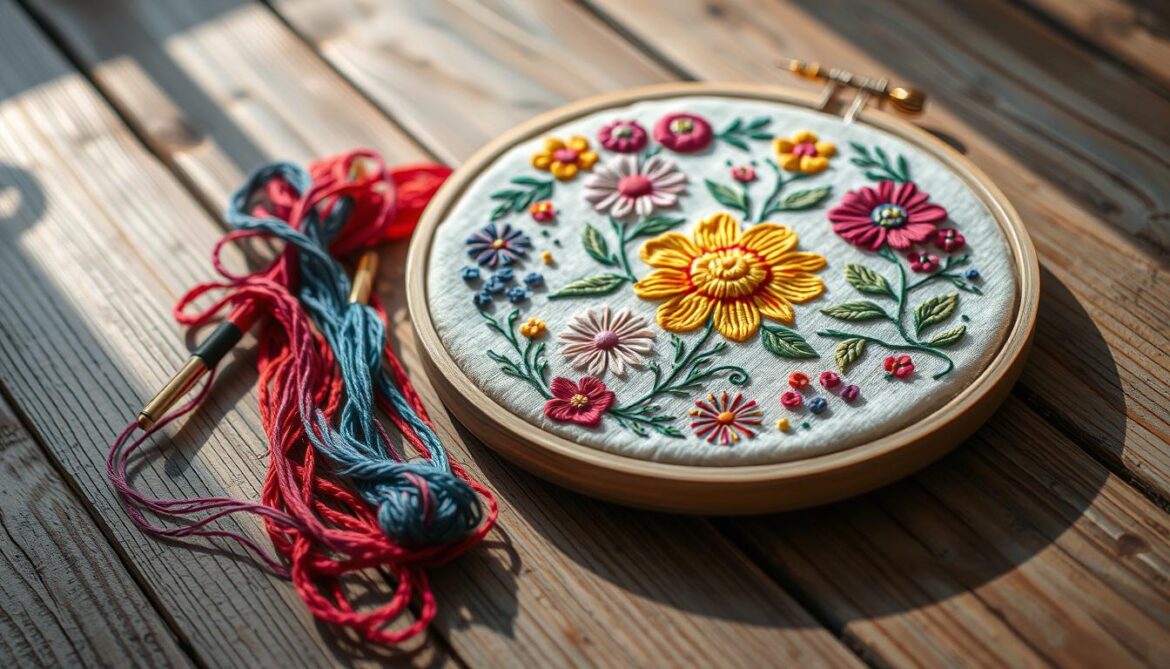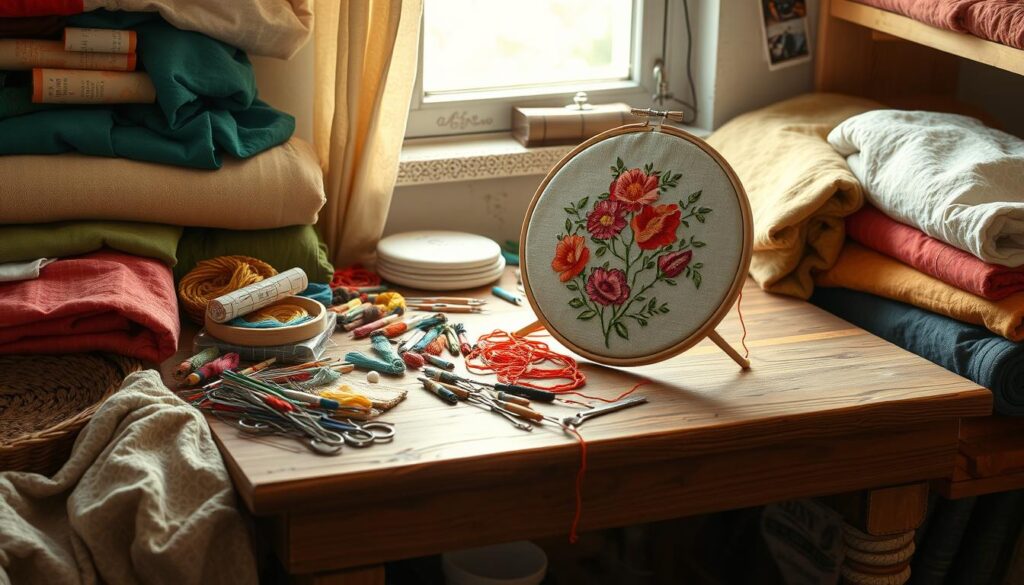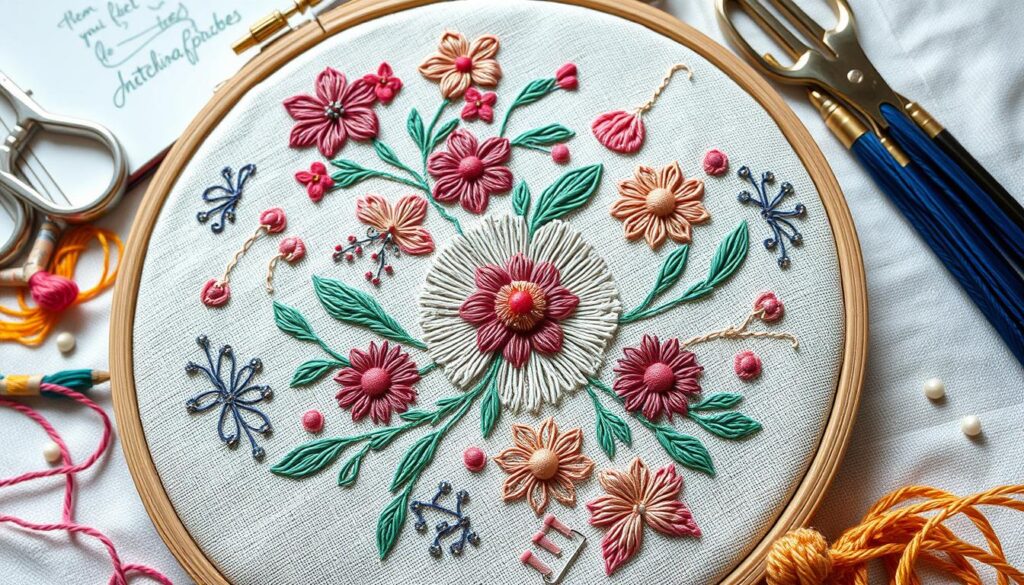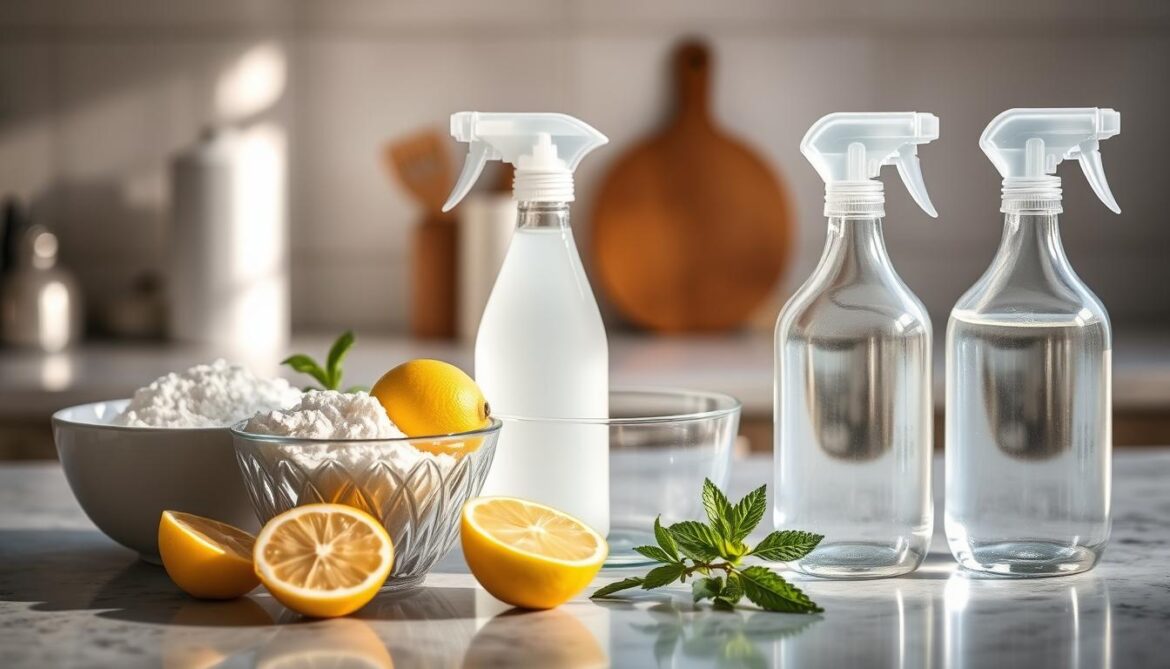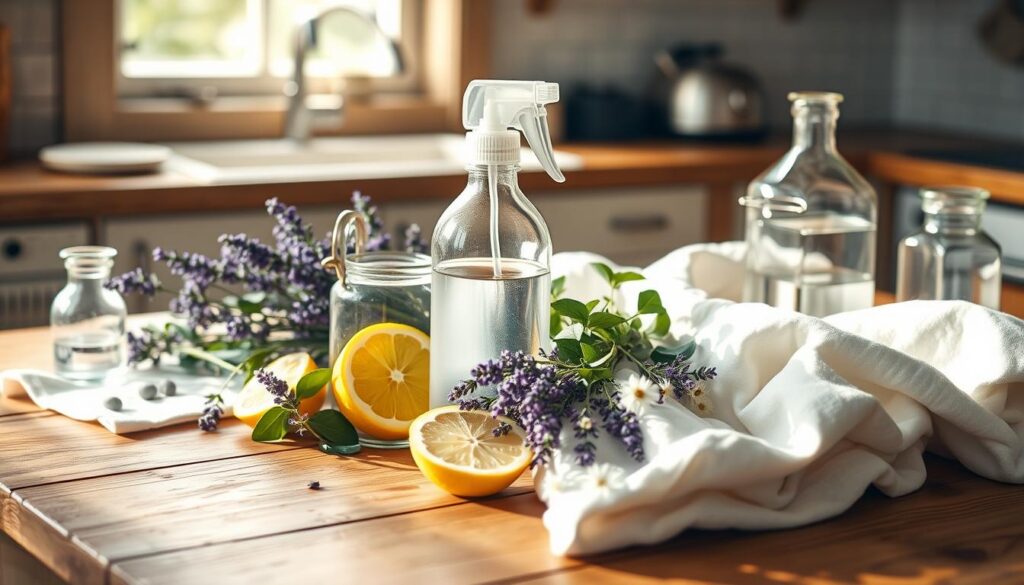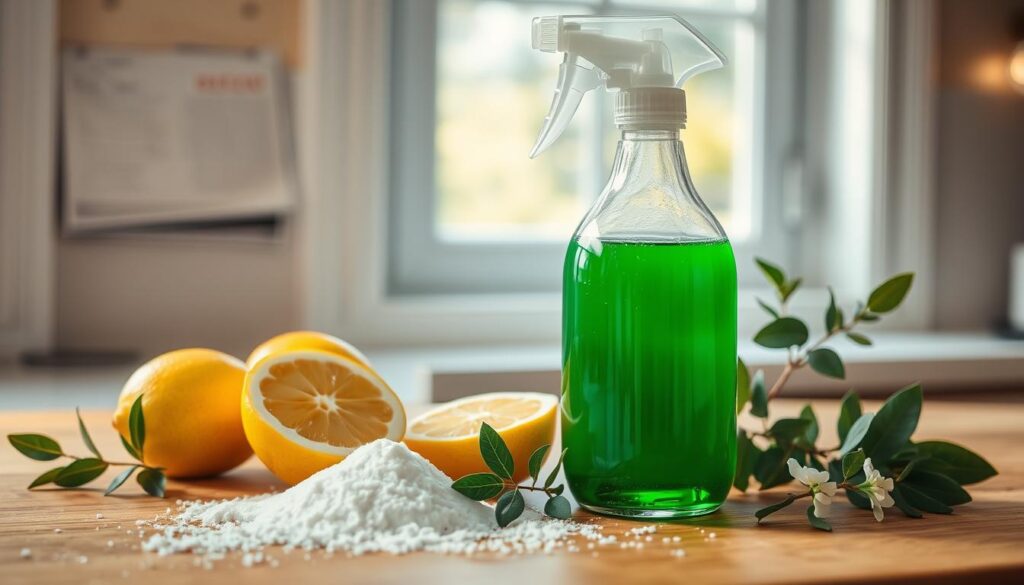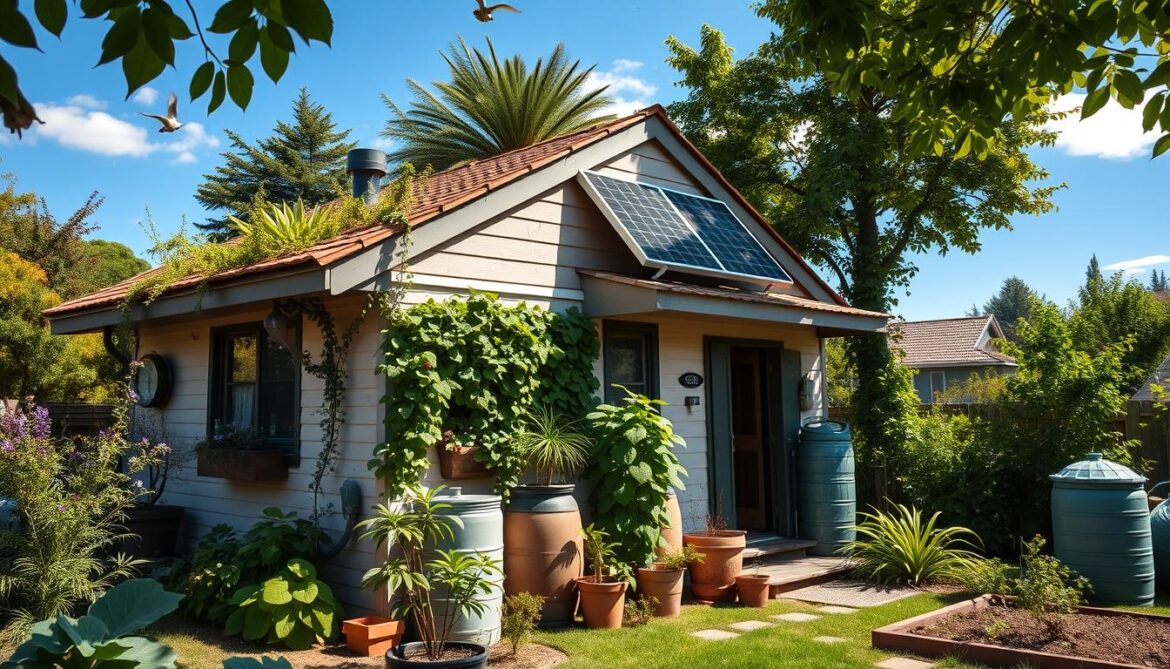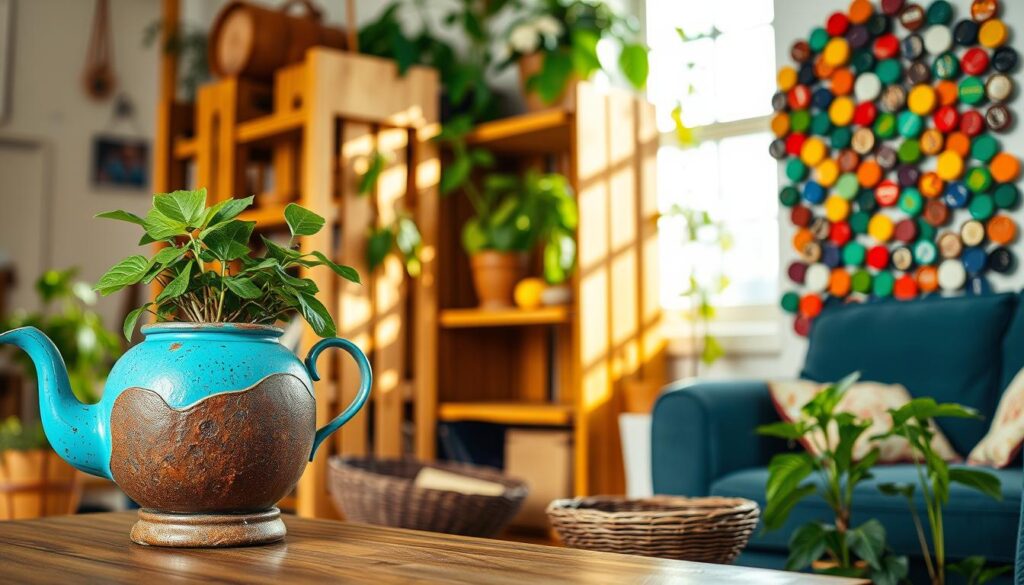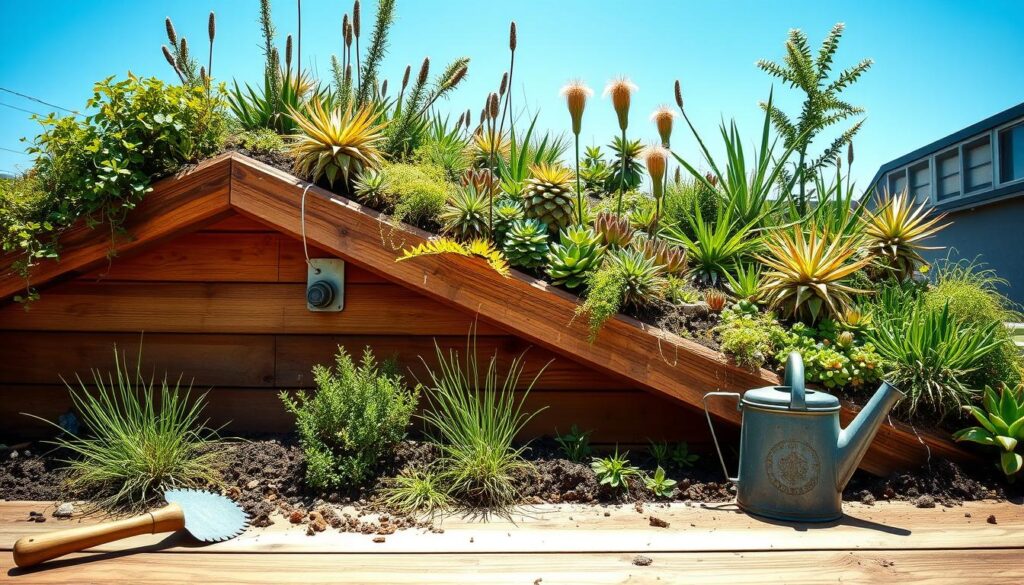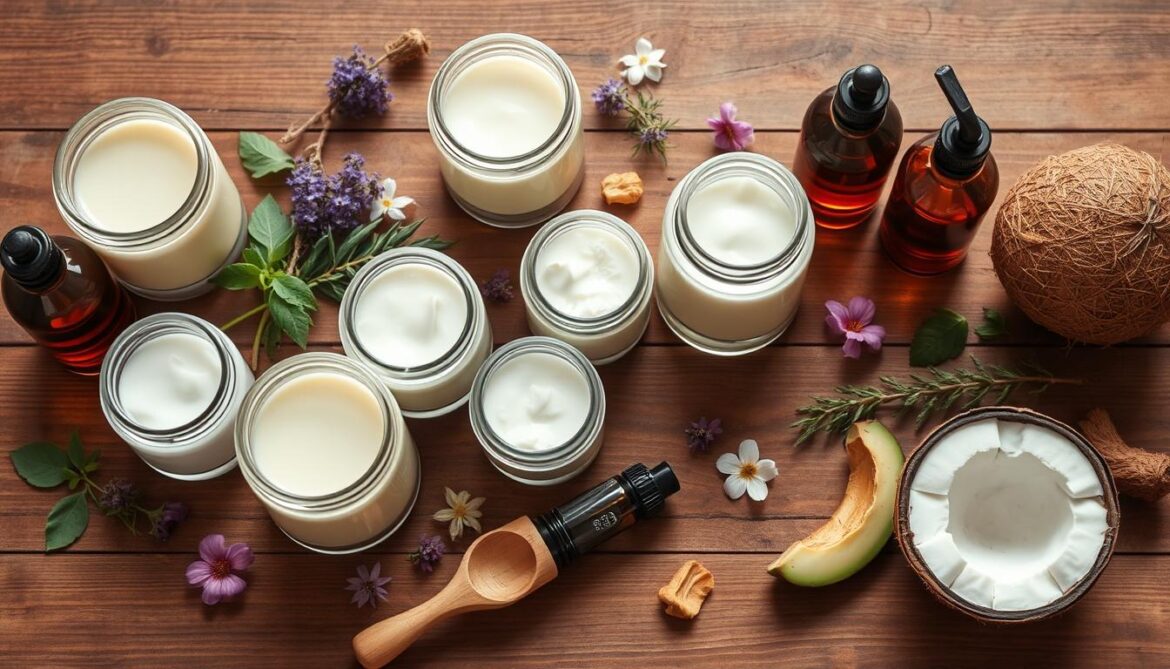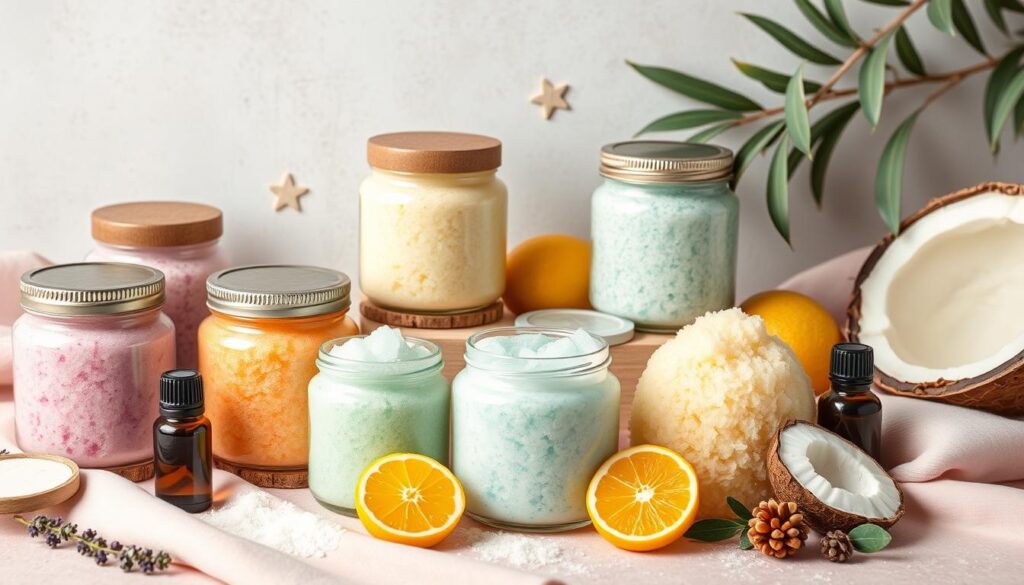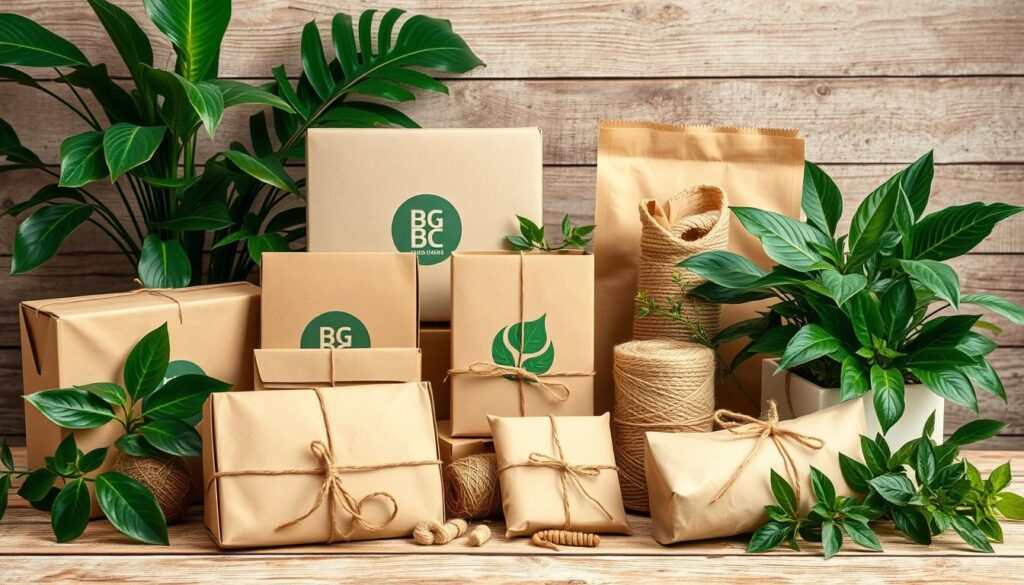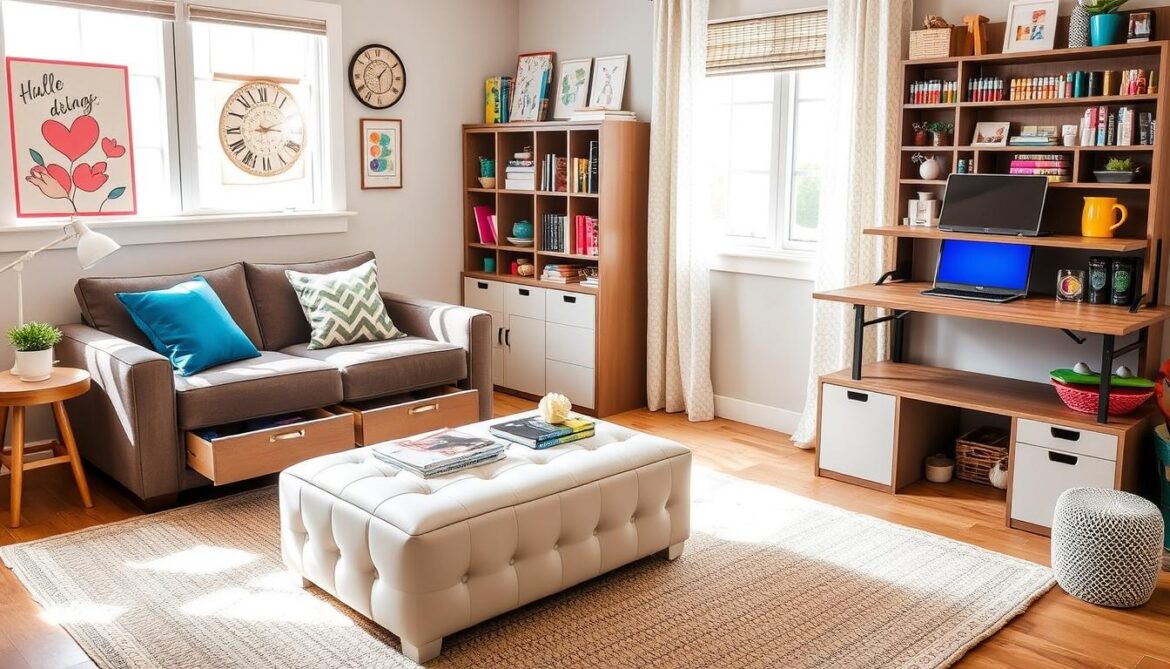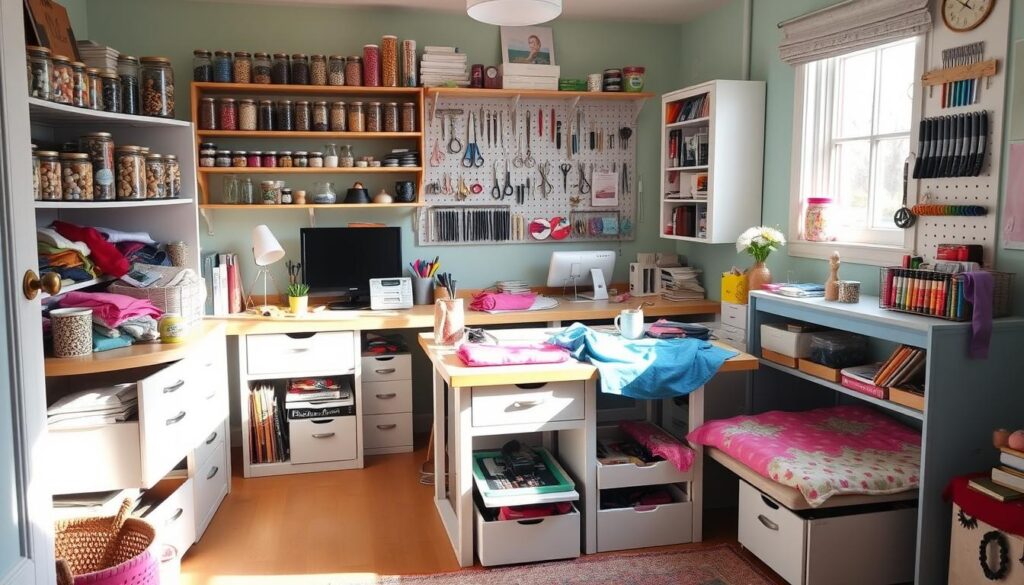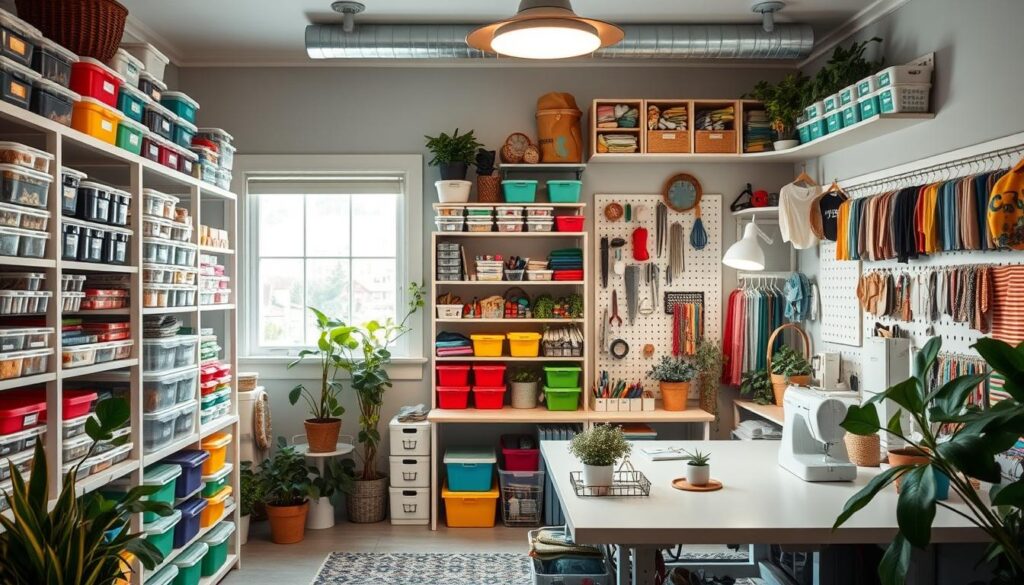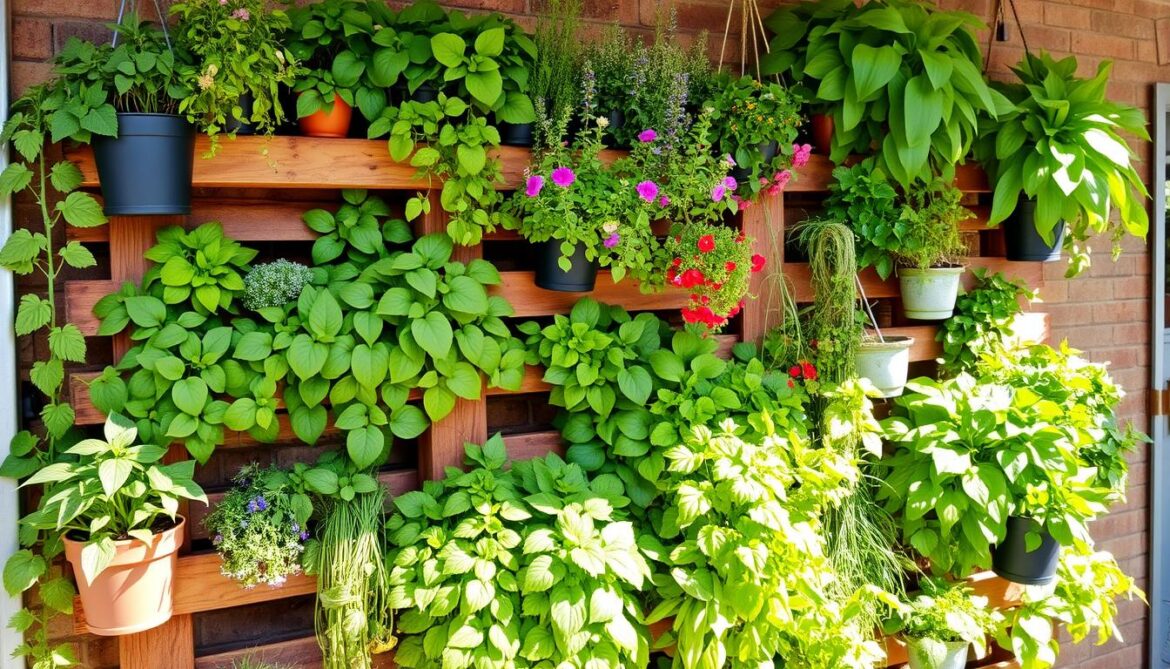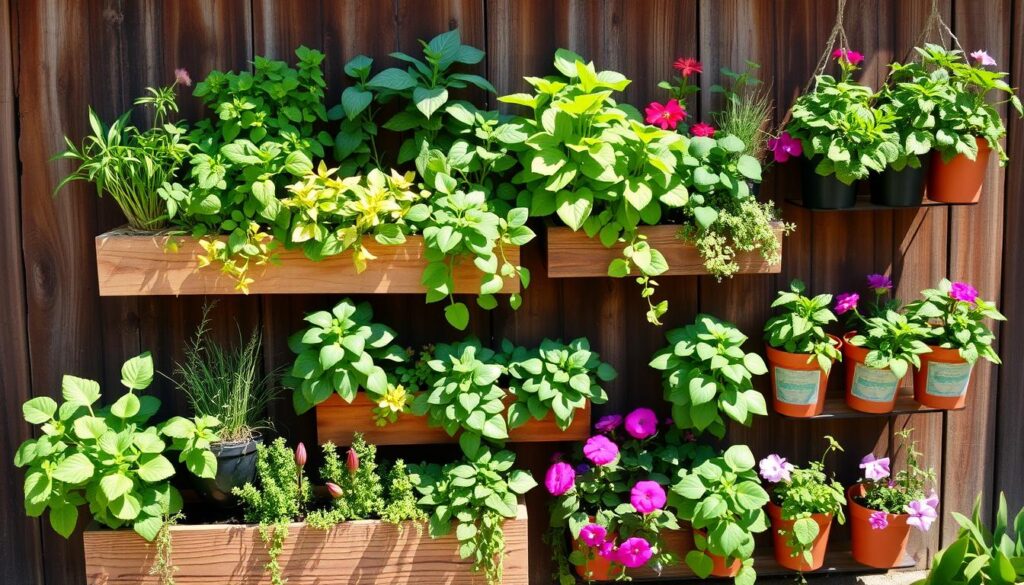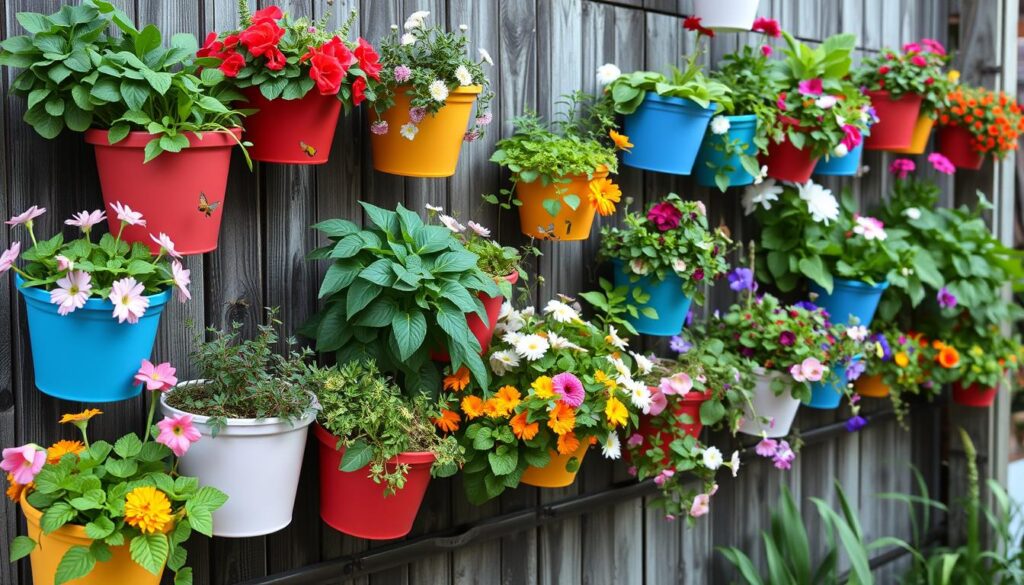When you look at your closet, you might wonder what to do with old clothes. You could throw them away, adding to the waste problem. Or, you could try upcycling outfits. This way, you can make old clothes new again, saving money and the planet.
Upcycling is a fun way to show off your style. It lets you turn old favorites into something new and special. This trend is all about being creative and making your clothes unique.
Upcycling and DIY fashion are great for the environment. They help reduce waste and let you explore your creativity. You can make bags from old t-shirts, shorts from jeans, or even revive a vintage dress.
With a bit of patience and practice, you can create a wardrobe that’s truly yours. It’s a chance to express yourself and stand out from the crowd.
Understanding Upcycling and Its Benefits
Exploring upcycling outfits and DIY fashion is exciting. Upcycling turns old materials into new, unique items. In fashion, it means giving old clothes a new life, cutting down on waste, and reducing the need for new clothes.
Upcycling has many benefits. It helps reduce waste, saves money, and can open up new business chances in DIY fashion. By upcycling, you support a greener fashion world and encourage eco-friendly habits.
What is Upcycling?
Upcycling is different from recycling. Recycling breaks materials down to their basic form. Upcycling, on the other hand, makes materials into something better. In DIY fashion, it means making stylish new clothes from old ones.
Environmental Benefits
Upcycling is great for the environment. It cuts down on textile waste and the need for new clothes. This helps lower the fashion industry’s carbon footprint. Plus, it saves natural resources and supports sustainability.
Economic Advantages
Upcycling also has economic benefits. You can make money by creating unique items from old materials. The DIY fashion market is expanding, making upcycling outfits a promising business for those who love sustainable fashion.
- Transforming old t-shirts into reusable bags
- Upcycling jeans into distressed shorts
- Turning old dresses into skirts
These projects not only cut down on waste but also encourage sustainable fashion.
Assessing Your Wardrobe
To start making unique upcycling outfits, first, you need to check out your current clothes. Look at each item’s condition and fabric to see if it can be upcycled. This way, you can find out which pieces can be turned into new, cool outfits.
Start by collecting all your clothes and sort them into groups like tops, bottoms, dresses, and jackets. As you sort, think about the fabric and how worn each item is. For instance, old t-shirts can become reusable bags or quilts. Worn-out jeans can be made into distressed shorts or a skirt.
After sorting, list the clothes you want to upcycle and the hacks you can use on them. This keeps you organized and focused on your upcycling project. Remember, upcycling is about giving old clothes a new life. So, don’t be afraid to try new things.
Here are some tips for checking your wardrobe:
- Look at the quality and condition of each item
- Think about the fabric and its upcycling possibilities
- Find items that can easily be changed into new outfits using hacks
By using these tips and being creative, you can make your old clothes into unique outfits that show off your style. Happy upcycling!
Creative Ideas for Upcycling
Upcycling outfits is a fun way to give old clothes a new life. With some DIY fashion skills, you can make old items into stylish pieces. Start by looking for clothing hacks to transform your old clothes.
Upcycling offers endless possibilities. You can make tote bags from t-shirts, distressed shorts from jeans, or skirts from dresses. The trick is to think creatively and find new uses for old clothes. Here are some ideas to get you started:
- Transform old sweaters into cozy pillow covers
- Turn vintage scarves into one-of-a-kind headbands
- Upcycle old boots into planters or pen holders
Remember, upcycling is all about creativity and fun. Don’t be afraid to try new things. With practice and patience, you can make unique pieces that show off your style. So, why not give it a try and see what amazing outfits you can create?
By upcycling, you can reduce waste, save money, and make a more sustainable wardrobe. Next time you think about throwing away clothes, consider upcycling them. With a bit of imagination and basic DIY skills, you can turn old clothes into something new and exciting.
| Upcycling Idea | Materials Needed | Difficulty Level |
|---|---|---|
| Transforming t-shirts into tote bags | Old t-shirts, scissors, needle, thread | Easy |
| Upcycling jeans into distressed shorts | Old jeans, scissors, sandpaper, needle, thread | Medium |
| Turning dresses into skirts | Old dresses, scissors, needle, thread | Easy |
Basic Sewing Skills for Upcycling
To start with DIY fashion and clothing hacks, you need basic sewing skills. These skills are the base for your upcycling journey. They let you turn old clothes into unique, stylish items. Remember, patience and practice are important to get better at these skills.
For sewing, having the right tools is key. You’ll need a sewing machine, scissors, threads, and needles. With these, you can learn simple stitches like the running stitch, backstitch, and slip stitch. These stitches are used a lot in upcycling and help you fix, change, and make new clothes.
As you keep upcycling, you’ll learn more techniques for your DIY fashion. For example, you can use old buttons, zippers, and fabric scraps to add unique touches. By using these techniques with your basic sewing skills, you can make one-of-a-kind pieces that show off your style.
Some key sewing skills to work on include:
- Understanding fabric types and textures
- Measuring and cutting fabric accurately
- Threading and using a sewing machine
By mastering these skills and adding clothing hacks to your projects, you’ll make amazing DIY fashion pieces. These pieces will show off your creativity and style.
No-Sew Upcycling Techniques
You don’t need a sewing machine to make cool, stylish outfits. No-sew upcycling is great for beginners or those who like simple projects. You can make amazing outfits with just a few tools.
Techniques like fringe and cut add a cool touch to your outfits. Iron-on transfers let you add your own designs. Glue and fabric tape are also handy for quick fixes or decorations.
- Fringe and cut techniques: Cut strips of fabric to create a fringe effect, or use scissors to cut out unique shapes and designs.
- Iron-on transfers: Use heat to apply custom designs or patterns to your upcycling outfits.
- Glue and fabric tape: Use these to attach embellishments or make quick fixes to your DIY fashion creations.
No-sew upcycling lets you make unique outfits that show off your style. With a bit of creativity, you can make eco-friendly, fashionable pieces.
| Technique | Description |
|---|---|
| Fringe and Cut | Create a decorative fringe effect or cut out unique shapes and designs. |
| Iron-On Transfers | Apply custom designs or patterns to your upcycling outfits using heat. |
| Glue and Fabric Tape | Attach embellishments or make quick fixes to your DIY fashion creations. |
Adding Personal Touches
As you upcycle old clothes, adding personal touches is key. This is where you can get creative with clothing hacks. Try different dyeing techniques like shibori or tie-dye to make your clothes stand out.
Adding embellishments and patches is another great way to personalize your upcycled outfits. Use fabric paint, iron-on transfers, or hand-stitching for unique designs. For instance, a patch with a fun quote can add a playful touch.
Dyeing Techniques
Dyeing can give your old clothes a fresh look. You can use natural or synthetic dyes in various colors. Always follow the instructions and take precautions when working with dyes.
Embellishments and Patches
Embellishments and patches bring personality to your upcycled outfits. You can use pre-made patches or make your own from fabric scraps. Be creative with textures, colors, and patterns to create unique designs.
Printing and Stamping
Printing and stamping add personal touches to your upcycled clothes. Use screen printing, block printing, or hand-stamping for custom designs. This is a great way to add a personal message or a decorative motif.
Upcycling Accessories
Exploring DIY fashion and upcycling outfits is exciting. It’s key to think about accessories that can make your outfits pop. Upcycling accessories lets you add a personal touch and helps reduce waste. You can revamp old bags, make unique scarves from scraps, or update old jewelry.
Upcycling accessories opens up a world of possibilities. You can make one-of-a-kind scarves from fabric scraps or turn old t-shirts into reusable bags. For jewelry, you can give old pieces a new life as trendy items. The fun part is being creative and enjoying the process.
- Turn old sweaters into cozy hats or scarves
- Transform vintage brooches into unique pendants
- Upcycle old belts into one-of-a-kind bags or wallets
Adding upcycled accessories to your DIY fashion is a great way to express yourself. It shows your creativity and care for the planet. Remember, upcycling is all about experimenting and having fun. So, don’t be afraid to try new things and make mistakes.
| Accessory | Upcycling Idea |
|---|---|
| Old Bags | Revamp into fashionable pieces, such as tote bags or clutches |
| Fabric Scraps | Create unique scarves or use as embellishments for upcycled outfits |
| Outdated Jewelry | Update into trendy items, such as layered necklaces or statement earrings |
Seasonal Upcycling Projects
Exploring upcycling outfits shows how key adaptability is. It lets you change your clothes for each season. This way, you can make light summer clothes into warm fall and winter items, and the other way around. It’s a smart way to cut down on waste and make your clothes last longer.
DIY fashion through seasonal upcycling is a budget-friendly way to update your style. For instance, you can turn old sweaters into hats and scarves for cold weather. Or, you can make reusable bags from faded t-shirts for the warmer months.
Fall and Winter Ideas
- Upcycle old flannel shirts into quilted blankets or pillow covers
- Transform worn-out jeans into insulated potholders or coasters
- Turn vintage sweaters into cozy arm warmers or fingerless gloves
Spring and Summer Creations
- Upcycle old t-shirts into flowy sundresses or skirts
- Transform faded shorts into reusable tote bags or produce bags
- Turn vintage dresses into unique tops or blouses
Seasonal upcycling projects can give your old clothes a new life. They also help the environment. So, let your creativity shine and start upcycling for a greener wardrobe!
| Season | Upcycling Ideas |
|---|---|
| Fall and Winter | Upcycle old sweaters into warm hats and scarves, transform worn-out jeans into insulated potholders or coasters |
| Spring and Summer | Upcycle old t-shirts into flowy sundresses or skirts, transform faded shorts into reusable tote bags or produce bags |
Upcycling for Kids
Exploring upcycling can be a fun activity for kids. It teaches them about being creative and caring for the environment. Start by collecting old clothes and fabrics. Then, brainstorm with your kids how to make something new and exciting from them.
There are many ways to upcycle clothes for kids. You can turn old t-shirts into dresses or skirts. Or, you can make jeans into shorts or bags. You can also dye, embroider, or add appliques to give clothes a fresh look. Encourage your kids to think creatively and come up with their own ideas.
- Develops creativity and problem-solving skills
- Teaches sustainability and environmental awareness
- Encourages self-expression and individuality
- Fosters a sense of accomplishment and pride
By letting your kids join in on upcycling, you teach them to care for the planet. So, let’s get creative and upcycle together today!
| Upcycling Project | Materials Needed | Skills Learned |
|---|---|---|
| Turning old t-shirts into dresses | Old t-shirts, scissors, needle, thread | Sewing, measuring, cutting |
| Transforming jeans into shorts | Old jeans, scissors, needle, thread | Sewing, measuring, cutting |
Best Practices for Upcycled Fashion
Exploring upcycling outfits is key to a sustainable wardrobe. It’s a way to reduce waste and show off your style. DIY fashion lets you make unique pieces that are truly yours.
To look good, mix upcycled items with regular clothes. For example, a upcycled denim jacket goes well with a white shirt and jeans. Try different textures and patterns to make your outfit interesting.
Sustainable Outfits for Daily Wear
Making sustainable outfits is about mixing pieces for style and eco-friendliness. Here are some tips:
- Begin with a neutral base like jeans or a white shirt.
- Add a upcycled item, like a refashioned scarf or earrings.
- Play with textures and patterns to add interest.
Tips for Styling Upcycled Pieces
Styling upcycled items is fun and creative. Here are some tips to start:
- Be bold and try new things.
- Think about the occasion when dressing.
- Accessories can really make an outfit stand out.
By using these tips, you can make your wardrobe unique and green. Have fun and be creative. Don’t be afraid to try new styles and looks.
Documenting Your Upcycling Journey
Starting your DIY fashion journey is exciting. It’s key to document your progress. This lets you track your growth and share your journey with others. By taking before and after photos, you can see how your old clothes become new, stylish pieces.
Sharing your upcycling projects on social media is a smart move. It connects you with people who love DIY fashion and upcycling. Use hashtags to reach more people and find inspiration from others.
Tips for Documenting Your Journey
- Take high-quality photos of your before and after projects
- Use good lighting to showcase your creations
- Write a brief description of your project, including materials used and techniques applied
Starting a blog is another great way to share your upcycling journey. You can write about your experiences, share tutorials, and show off your favorite DIY fashion projects. This way, you’ll inspire others to make their own unique upcycling outfits.
| Platform | Benefits |
|---|---|
| Visual platform, great for sharing photos and videos | |
| Blogging | Allows for in-depth writing and sharing of tutorials and experiences |
Where to Find Upcycling Inspiration
Starting your upcycling journey can be exciting. The internet is full of ideas for upcycling outfits and DIY fashion. Look at social media sites like Pinterest and Instagram. They are filled with upcycling projects and tutorials.
Local workshops and events are also great for inspiration. Many cities have crafting and upcycling events. You can learn new skills and try different materials and techniques. Search online or check local craft stores and community centers for events.
- Upcycling blogs and websites, such as The Spruce Crafts and Upcycle That
- Social media groups and forums, like Facebook groups and Reddit communities
- Online marketplaces, such as Etsy and eBay, where you can find unique and creative upcycled items
By exploring these resources and connecting with others, you’ll stay inspired. You’ll keep creating your own unique and sustainable fashion pieces.
Conclusion: Your Evolution in Fashion
Upcycling outfits opens a world of creativity. It lets you show off your style and learn new DIY skills. It’s not just about saving the planet. It’s about making clothes that truly reflect you.
Keep trying new things and get ideas from online groups and local classes. Let your upcycled clothes be your statement. With each piece, you’ll care more about what you wear and help the planet.
Your journey in fashion shows your creativity and care for the environment. Keep exploring and watch your clothes tell your story. Together, we can make fashion more sustainable and stylish, one piece at a time.
FAQ
What is upcycling?
Upcycling is making something new from old items. In fashion, it means turning old clothes into something new and cool.
What are the benefits of upcycling outfits?
Upcycling helps reduce waste and saves money. It lets you show off your style with unique pieces.
How do I identify items in my wardrobe that are good candidates for upcycling?
Look for clothes that are in good shape but don’t fit anymore. Check the fabric and condition to see if they can be upcycled.
What are some creative ideas for upcycling clothes?
You can make tote bags from t-shirts or turn jeans into shorts. Think outside the box to give old clothes a new life.
Do I need sewing skills to upcycle my clothes?
No, you don’t need to sew to upcycle clothes. You can use fringe, transfers, and glue to make changes without a sewing machine.
How can I personalize my upcycled outfits?
Add your own style with dyeing, patches, or prints. These methods let you make your upcycled clothes truly yours.
Can I upcycle accessories too?
Yes! Upcycle bags, make scarves from scraps, or update old jewelry. It’s a great way to refresh your accessories.
How can I get inspiration for my upcycling projects?
Look online, attend workshops, or start a blog. These can help spark ideas for your upcycling projects.
